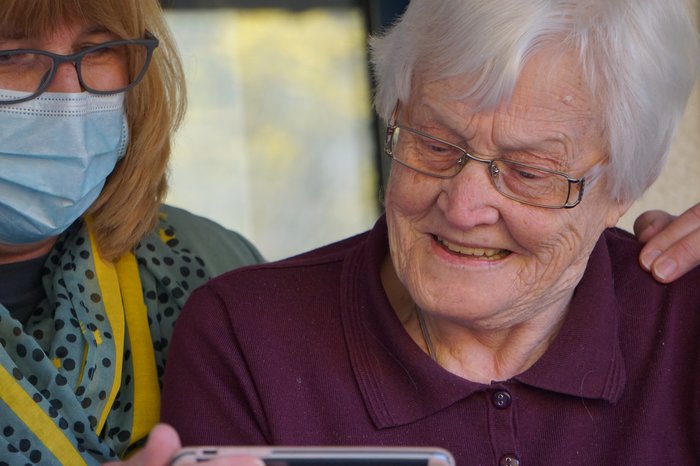Problem to be solved
It can be a struggle getting elderly residents in care homes the healthcare they need in a timely way. In the worst cases, this can lead to costly hospitalisation - normally resulting in worse health and care outcomes - that could have been avoided by earlier intervention. Telemedicine is increasingly seen as part of the solution, especially for making access to GP consultations easier. However, the comorbidities often experienced by older people make it difficult for GPs, using only video interaction, to make diagnostic decisions about respiratory cases in particular.
The project
Feebris has worked in partnership with Care City - an innovation centre for healthy ageing and regeneration - and Havering Health - a collaboration of local GP practices - to introduce its remote monitoring technology into care homes and GP practices across East London. Between February and July 2020, the technology has supported almost 1000 residents.
The AI-powered technology enables carers - using a mobile application - to collect observations and vital signs from residents, directly from medical-grade sensors. These observations incorporate 22 clinical parameters.
A Feebris ‘kit’ includes a mobile phone, digital stethoscope, pulse oximeter and blood pressure cuff. Carers can triage emerging health issues proactively and escalate concerns to GPs. The product also includes a web dashboard which GPs can use to remotely review vital signs and listen to lung sounds - with a view to identifying and acting on health concerns early.
Artificial intelligence drives the technology at different points. Signal processing algorithms work in real-time to help capture high quality data which is free from noise and has a strong signal. Further algorithms then extract useful information - such as the respiratory rate - from signals.Feebris is developing additional algorithms that personalise both detection thresholds and check-up plans, as well as decision-support tools which diagnose infections and flair-ups of chronic conditions.
For residents, the frequency of check-ups depends on their overall health risk profile, but is generally either weekly or monthly. The check-up itself is non-invasive and takes 10-15 minutes in the resident’s own location.
Residents and their families have reported feeling more reassured that they and their carers have detailed healthcare information at their fingertips, and can share this easily with their GP. For the social care workforce, staff have been empowered to play a more active role in full care pathways.
Lessons learned
There have been challenges embedding the product within integrated workflows between care homes and GPs. Feebris has been working iteratively with all users to understand current processes and explore new ones, in order to make the transition as smooth as possible.
To find out more about this project, contact Adam Bacon on email: info@feebris.com


